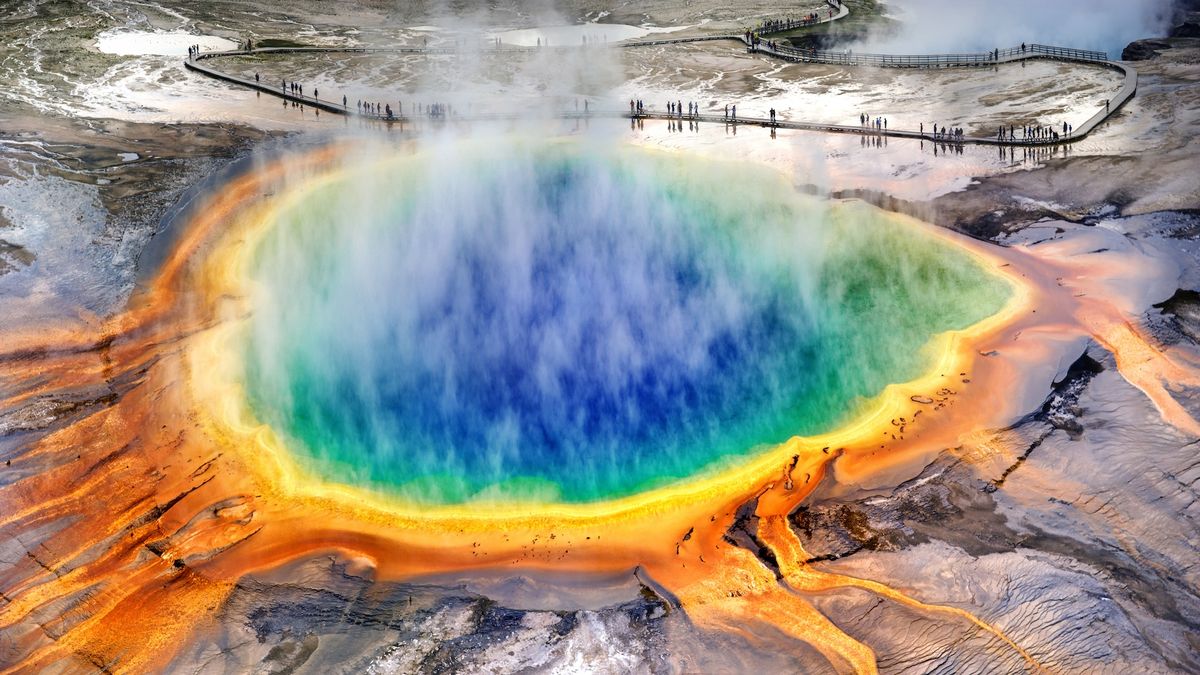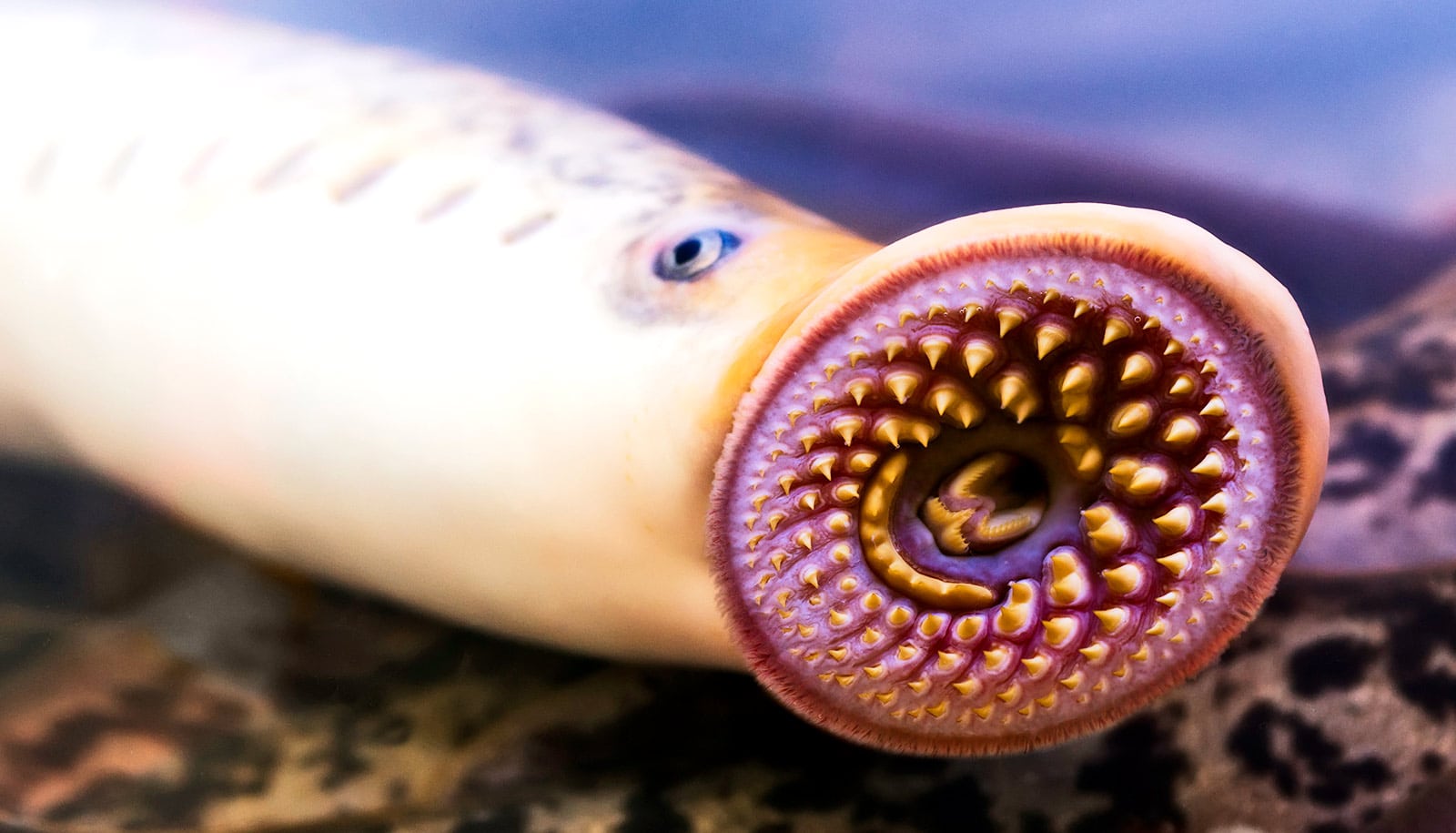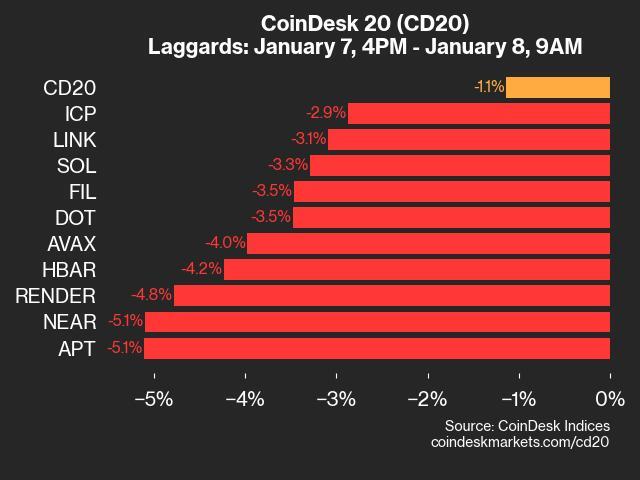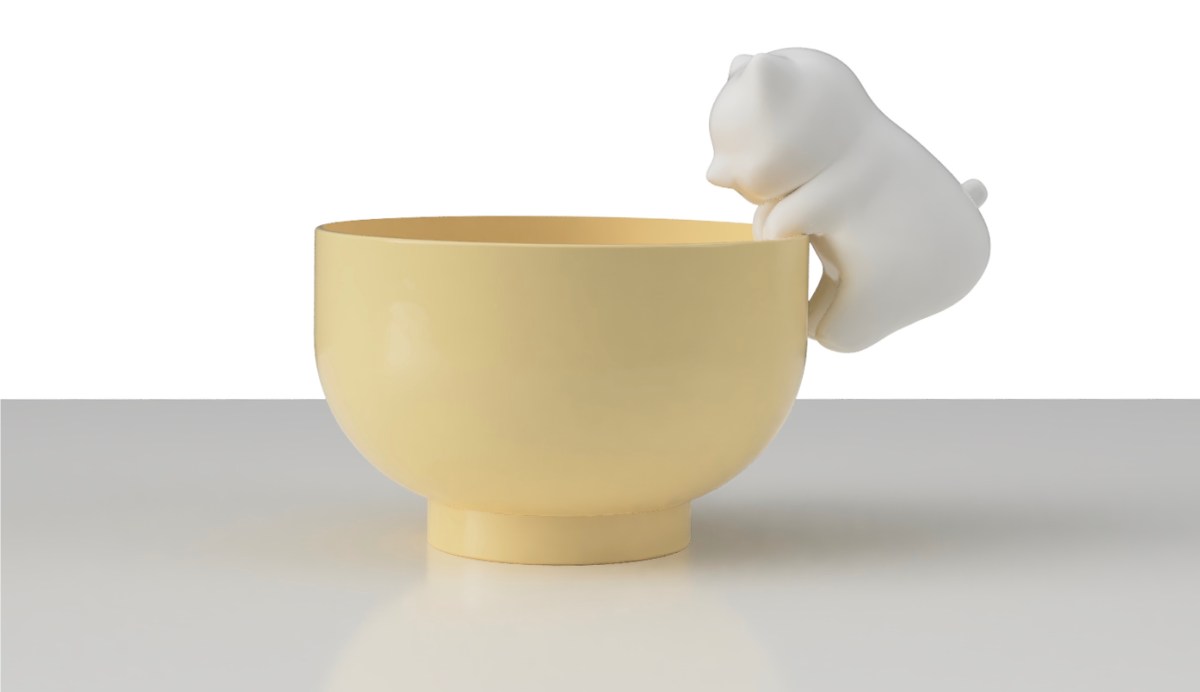 |
| Ahvaytum bahndooiveche
Lovelace, Kufner, Fitch, Rogers, Schmitz, Schwartz, LeClair-Diaz, St.Clair, Mann & Teran, 2025 artwork by Gabriel Ugueto |
Abstract
The origin of Dinosauria is thought to be deeply rooted in the high-latitude southern hemisphere (Gondwana). Nearly 6–10 million years separates Gondwanan faunas and the oldest known dinosaur occurrence in the northern hemisphere (Laurasia). However, our understanding of dinosaur origins is biased by an apparent absence of Carnian-aged (237–227 Mya) Laurasian terrestrial strata. Here we report on UWGM 1975/UWGM 7549, the oldest known Laurasian dinosaur Ahvaytum bahndooiveche gen. et sp. nov., and UWGM 7407/UWGM 7550, a silesaurid, from palaeoequatorial deposits of the lower Popo Agie Formation, Wyoming, USA. High-precision radioisotopic detrital ages [e.g. ≤229.04 ± 0.24 Mya (2σ)] from the upper Popo Agie Formation constrain an age-depth model that predicts a ~230 Mya age for UWGM 1975, making Laurasia’s first unequivocal Carnian-aged sauropodomorph dinosaur comparable in age to the oldest dinosaur faunas of Gondwana. The presence of a ~230 Mya, low-latitude, early sauropodomorph from the northern hemisphere, along with a silesaurid, challenges the hypothesis of a delayed dinosaurian dispersal out of high-latitude Gondwana. These data fill a critical gap in the early record of sauropodomorph dinosaur evolution and demonstrate widespread geographic distribution by the mid-late Carnian.
Carnian, dinosaur, Laurasia, Popo Agie Formation, Sauropodomorpha, silesaurid, Triassic

Dinosauromorpha Benton, 1985 (sensu Nesbitt 2011)
Dinosauriformes Novas, 1992 (sensu Nesbitt 2011)
Dinosauria Owen, 1842 (sensu Padian and May 1993)
Saurischia Seeley, 1887 (sensu Gauthier 1986)
Sauropodomorpha(?) von Huene, 1932
Ahvaytum gen. nov.
Etymology: Ahvaytum, from the Shoshone ‘Anva·tum’ (pronounced ‘ah-vay-tum’), meaning ‘long ago’ in reference to the ancient nature of UWGM 1975.
Pronunciation guide: the sound ah is as in ‘autumn’, vay as in ‘vague’, and tum as in ‘autumn’. See Supporting Information, Audio S1 (discussion of name); recordings by Eastern Shoshone Elder (RT).
Ahvaytum bahndooiveche sp. nov.
Etymology: bahndooiveche, from the Shoshone ‘ban·döi·ve·che’ (pronounced ‘bon-do-ee-vee-chee’), meaning ‘water’s young handsome man’ in reference to the colourful salamanders found in the region, and also means ‘dinosaur’ (Supporting Information, Audio S1), which is the meaning used here. The name Ahvaytum bahndooiveche (‘long ago dinosaur’) is the product of a multigenerational collaboration between the Fort Washakie Schools 7th grade cohort (2022), educators, Eastern Shoshone Tribal Historic Preservation Office, and Tribal Elders.
Pronunciation guide: bahn as in ‘bonnet’, do-ee as in ‘dewy’, vee as in ‘ivy’, and chee as in ‘cheese’. See the Supporting Information, Audio S1 for recorded pronunciation (recording by RT. LSID urn:lsid:zoobank.org:pub:538C156C-5CC1-4706-8D8A-FFA6757A6590).
Diagnosis: Ahvaytum bahndooiveche shares a combination of features present in sauropodomorph dinosaurs to the exclusion of theropods, herrerasaurs, and ornithischians, including: a flat, roller-shaped distal surface of the astragalus shared with sauropodomorphs but not herrerasaurs and neotheropods (Marsh et al. 2019); a tibial facet that does not extend on to the anteromedial corner of the astragalus shared with all sauropodomorphs in our study, the silesaurid Lewisuchus admixtus Romer, 1972, the theropods Lepidus praecisio and Eodromaeus murphi Martinez et al., 2011, and the herrerasaurs Tawa hallae Nesbitt et al., 2009 and Chindesaurus bryansmalli Long and Murry, 1995; a shallow laterodistal notch of the astragalus shared with non-massopodan sauropodomorphs, except Panphagia …
 |
| An artist’s rendering shows how Ahvaytum bahndooiveche may have appeared in a habitat dating to around 230 million years ago.
artwork by Gabriel Ugueto |









Leave a Comment